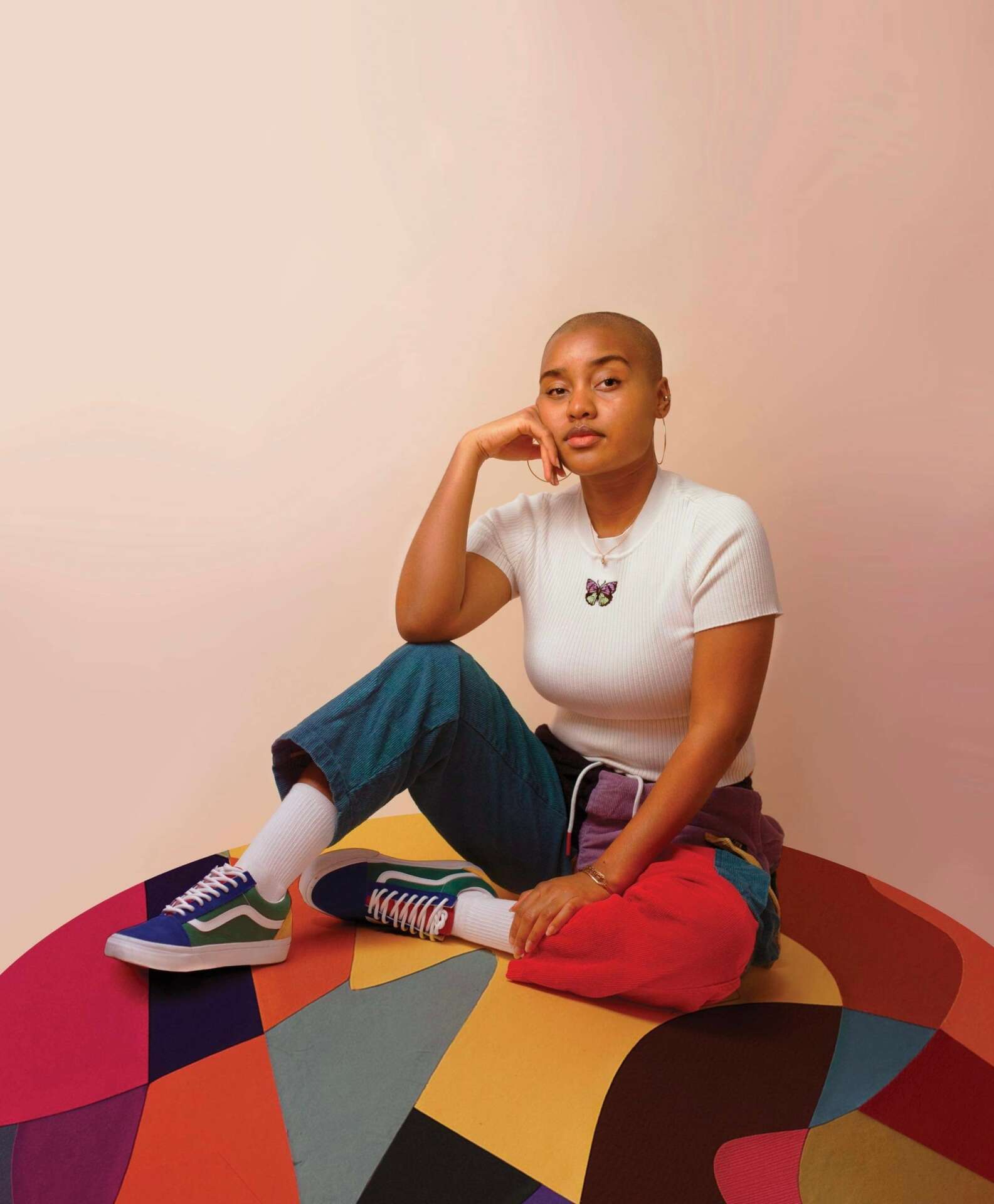We were lucky to catch up with Zharia Shinn recently and have shared our conversation below.
Zharia, looking forward to hearing all of your stories today. Can you talk to us about how you learned to do what you do?
I first learned by consistently doing. I was always drawing, making, creating as a child. If you left me to my own devices, I was immediately looking for something to draw on and draw with. I couldn’t sit still, constantly projecting my inner creativity outward. Fast forward to my adolescent years, my passion for art was shaped during multiple art programs until I eventually attended Rhode Island School of Design for my undergrad in 2014. This is where I eventually uncovered and cultivated my collage style that you know today. Learning something new is a vulnerable venture and I believe obstacles that stand in the way of that, more often than not, start in the mind. Our perceived insecurities and anxieties suffocate the actual truth at hand; we are capable of anything we set our mind, intentions and efforts towards. “What if I’m not good enough?” “What if this is a waste of my time?” “What if I don’t get in?” I’ve wasted more time than I would like to admit waiting to feel ready in order to do something. As I grow older, I realize that that feeling never comes. You may never feel ready, but that isn’t a prerequisite to go where you are meant to be. Learn to get out of your own way so you can expand in ways you can only imagine. Trust me, you will thank yourself for it later.
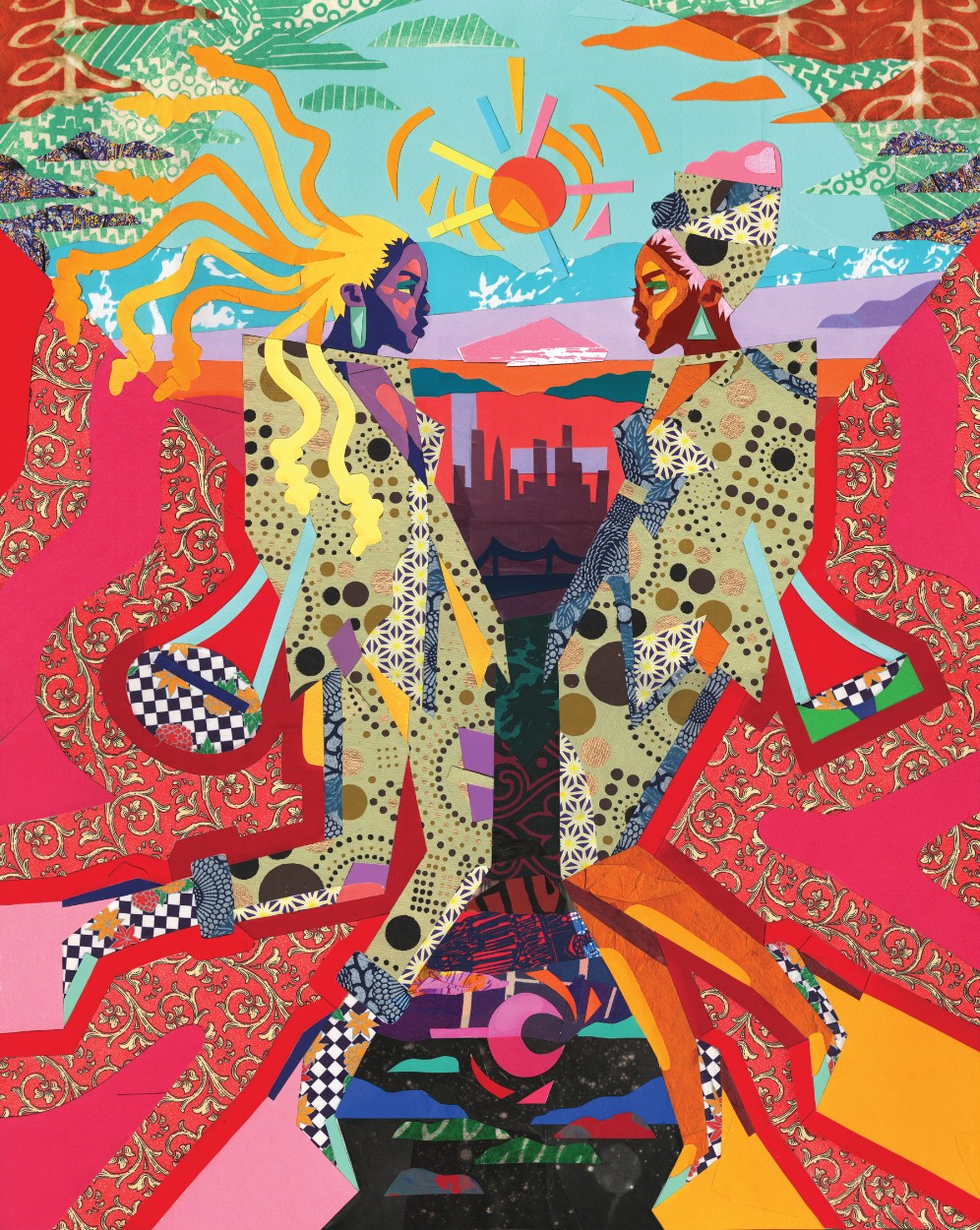
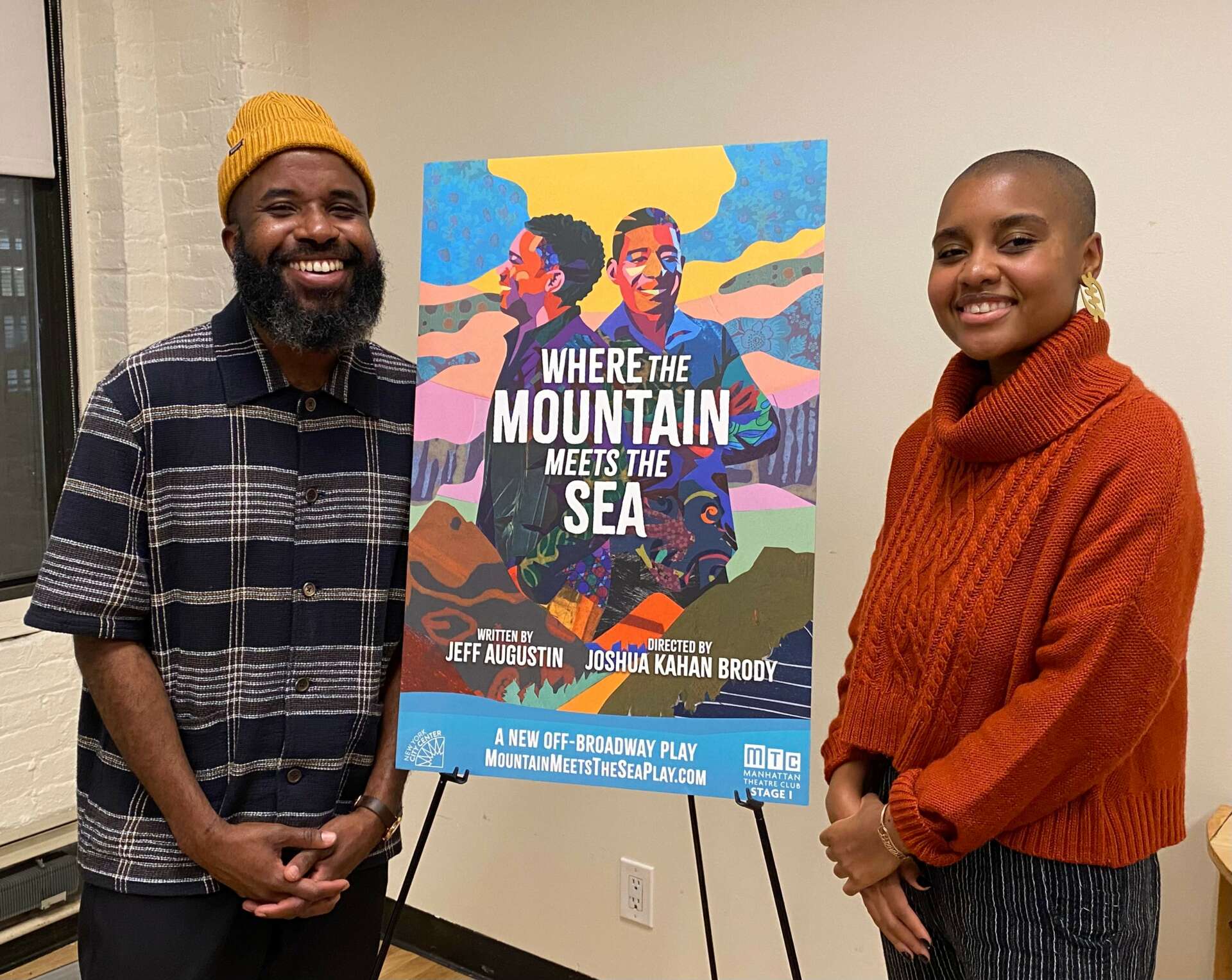
Zharia, before we move on to more of these sorts of questions, can you take some time to bring our readers up to speed on you and what you do?
Back in 2017, during the remaining years of my education at Rhode Island School of Design, I began to experiment with paper as a way of “painting”. My collages would consist of materials such as, but not limited too, decorative papers, posters, screen prints and paint swatches. This new way of working informed my thought process and overall creative expression, which ultimately became my language. I found a love for portraiture and began to strengthen my process, bringing my work to a whole new level. Since then, my unique and colorful style has been used to conceptualize client’s book covers, albums, show posters, personal pieces and much more. I abstract our perception of who we think we are perceiving and what we assume of them. There is always more than what meets the eye with not only ourselves but our fellow man and I enjoy expanding upon that. I strive to uplift and celebrate the African Diaspora in ways that foster discussion and unity. Our voices and incredible narratives need to be shared and I intend to continue shining a light in my creative practice and overall career. As I grow both personally and professionally, I am the most proud of finding my courage in pursuing my creative vision and as a result, finding my audience and community.
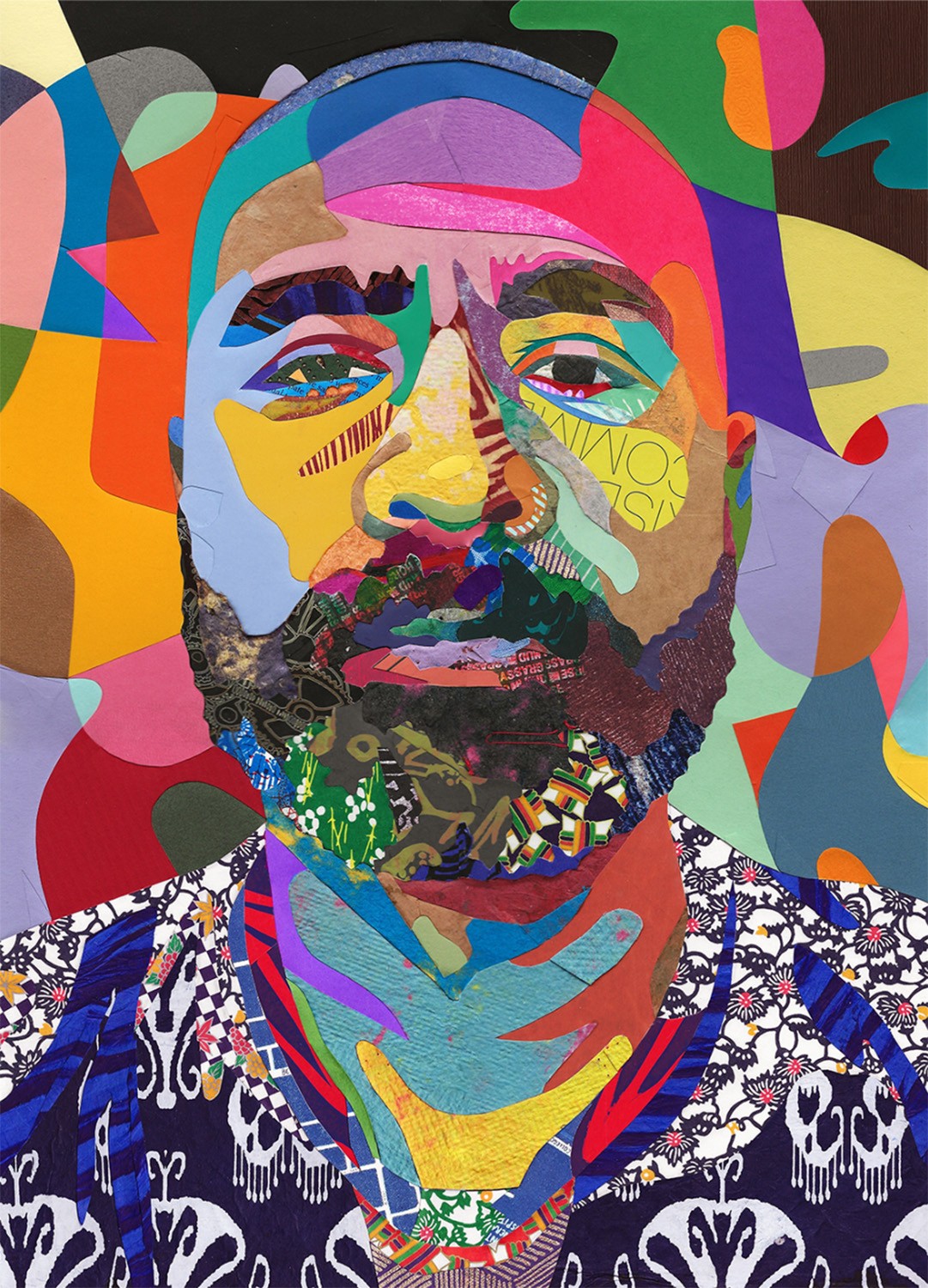
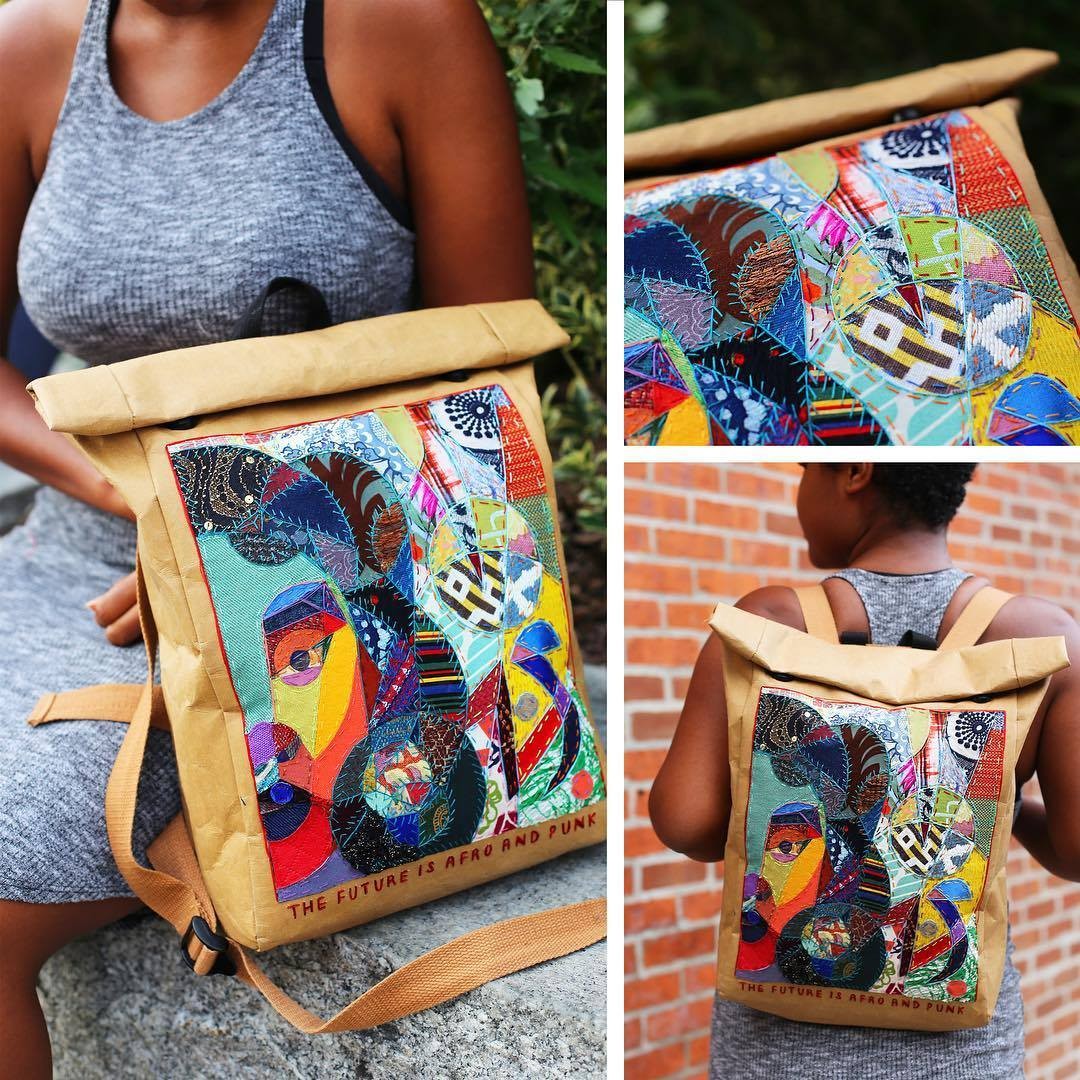
For you, what’s the most rewarding aspect of being a creative?
As an artist, there are many hands you shake and people you have the pleasure of meeting along the way. Having the opportunity to dive into different pods within the art world and make a connection here and there is invaluable. All creatives have their own personal reasons for why they show up day in and day out to make our world that much more colorful and enjoyable. What is yours? The art world is overwhelmingly huge and yet very small, so it is easy to get lost on where and how to enter. I genuinely believe it starts with the great minds surrounding you. Who do you look up to? What about their life do you want to emulate? What communities are you currently involved in? Who do you look to for guidance and advice? Who are you supporting and giving feedback to yourself? It’s important to strike a balance between how much you ask of others and how much you give in return. Your connections will make the world of a difference in how you move and ultimately thrive in your business so always tend to your garden as much as possible.
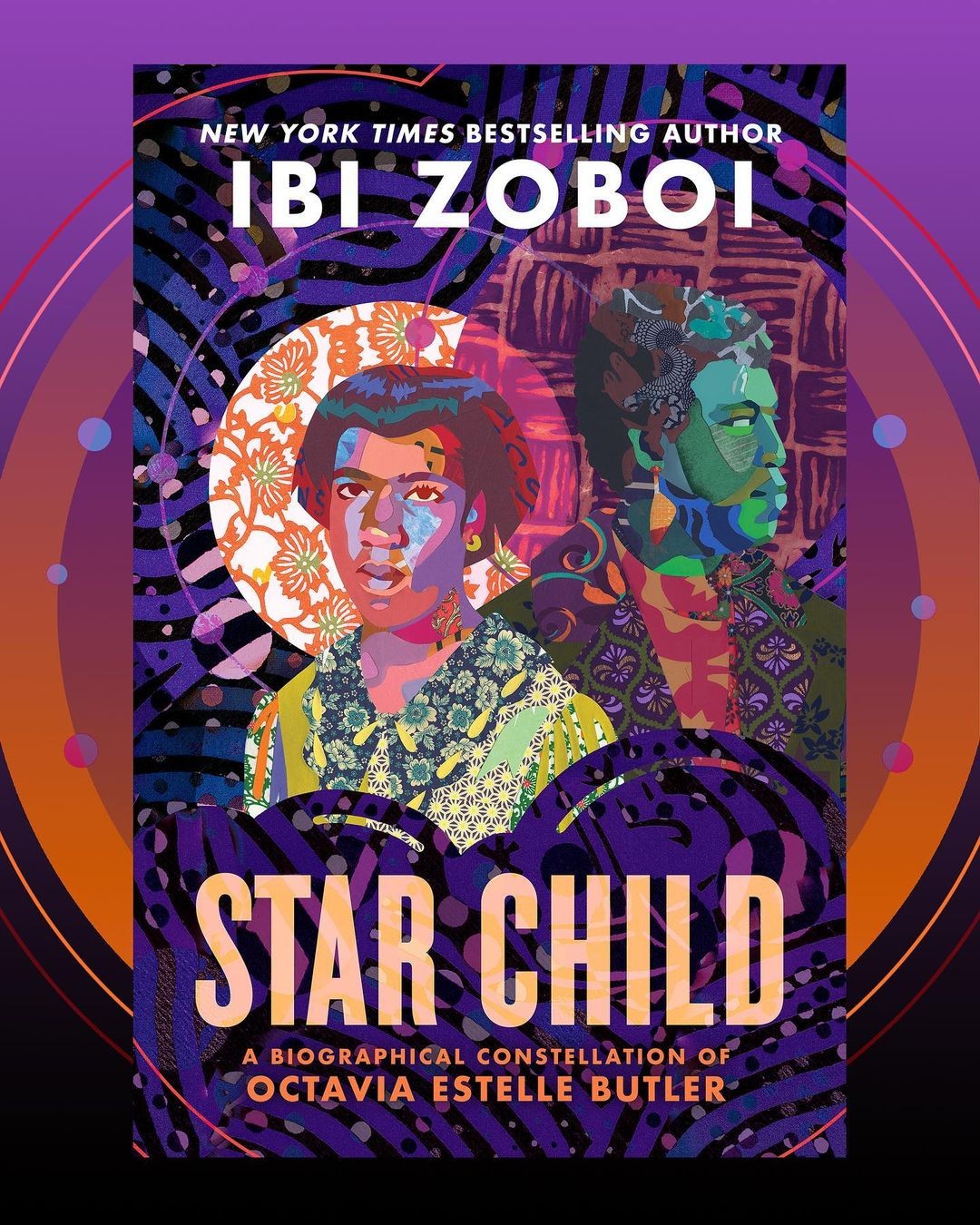
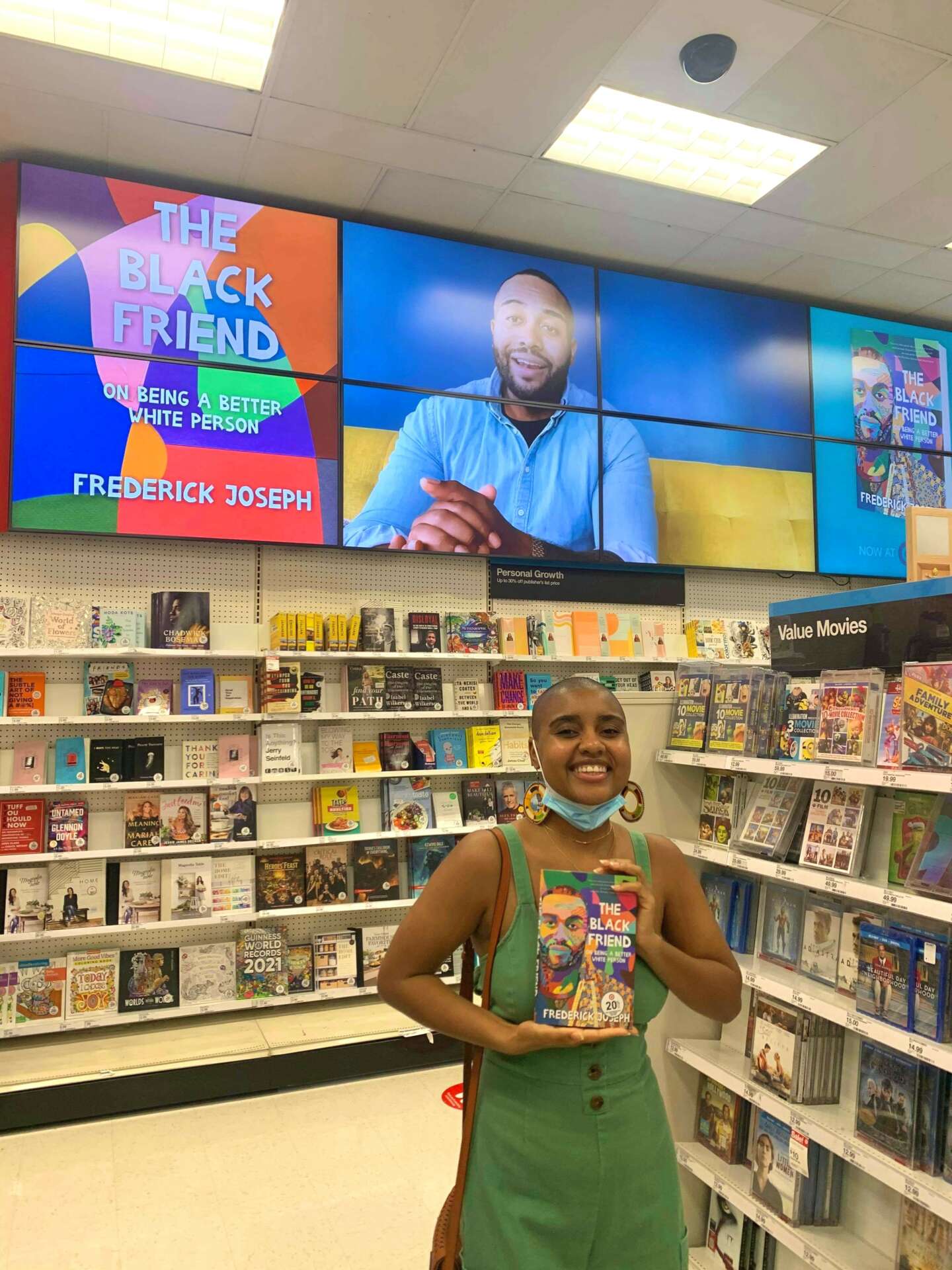
Are there any books, videos, essays or other resources that have significantly impacted your management and entrepreneurial thinking and philosophy?
Books to look into that have been useful for me along the way:
– “Art/Work – Revised & Updated: Everything You Need to Know (and Do) As You Pursue Your Art Career” by Heather Darcy Bhandari
– “Graphic Artists Guild Handbook: Pricing & Ethical Guidelines (16th Edition)” by The Graphic Artists Guild
– “Seven Days in the Art World” by Sarah Thornton
– “Get Different: Marketing That Can’t Be Ignored” by Mike Michalowicz
– “The Profitable Artist: A Handbook for All Artists in the Performing, Literary, and Visual Arts” by New York Foundation for the Arts
– “Making It in the Art World: Strategies for Exhibitions and Funding” by Brainard Carey
– “The Art of Gathering: How We Meet and Why It Matters” by Priya Parker
– “How to Be an Artist” by Jerry Saltz
– “Becoming” by Michelle Obama
In addition to these resources, I believe a lot of your education will come from the boots on the ground experiences you have in job positions, collaborations, mentorship dynamics, institutions, and other various opportunities. These first hand accounts will impact the way you manage yourself and others down the line. No matter what field you are in under the vast umbrella of art, educating yourself in the business and marketing side of what you do is vital. I believe these skills are almost equally if not more important than the creative side of things. You need to learn how to wear multiple hats in various settings to successfully engage your clients and market at large. As you keep putting yourself out there, others will come along the way to help fill in the blanks but it is up to you to first make those moves. Educating yourself in these subjects can make the world of a difference down the line.
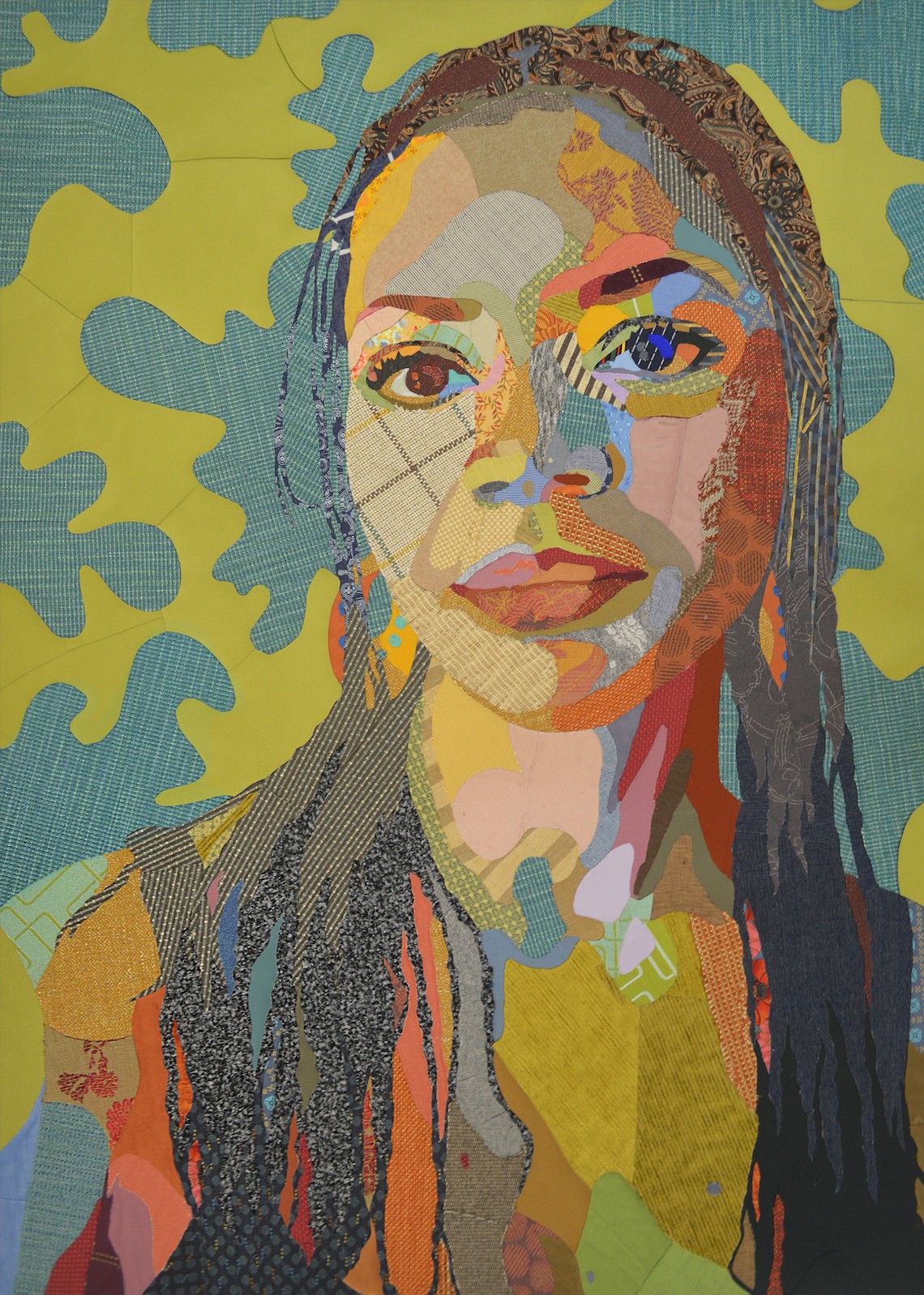
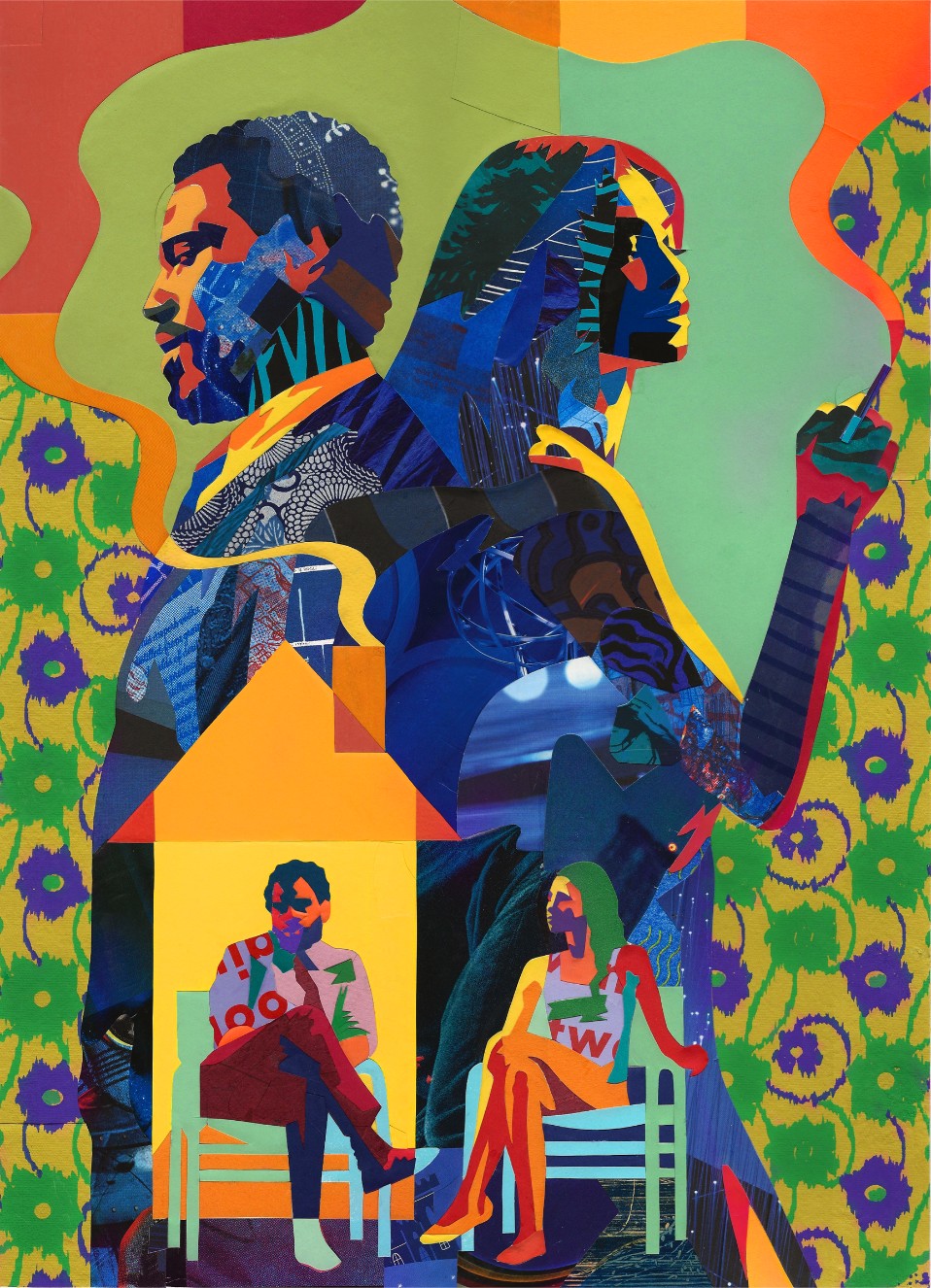
Contact Info:
- Website: zhariashinn.com
- Instagram: @zhariart
- Linkedin: www.linkedin.com/in/zhariashinn
Image Credits


